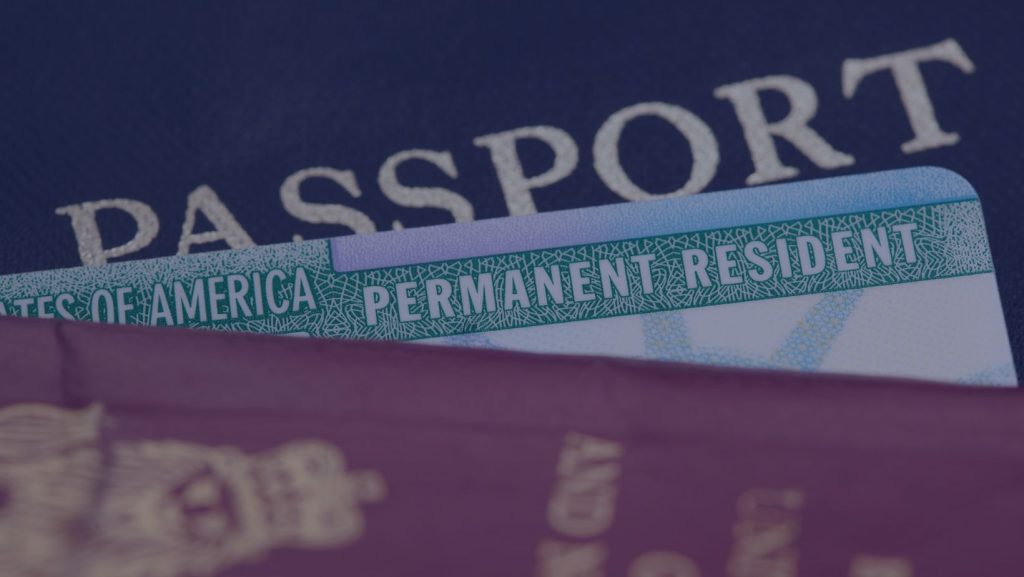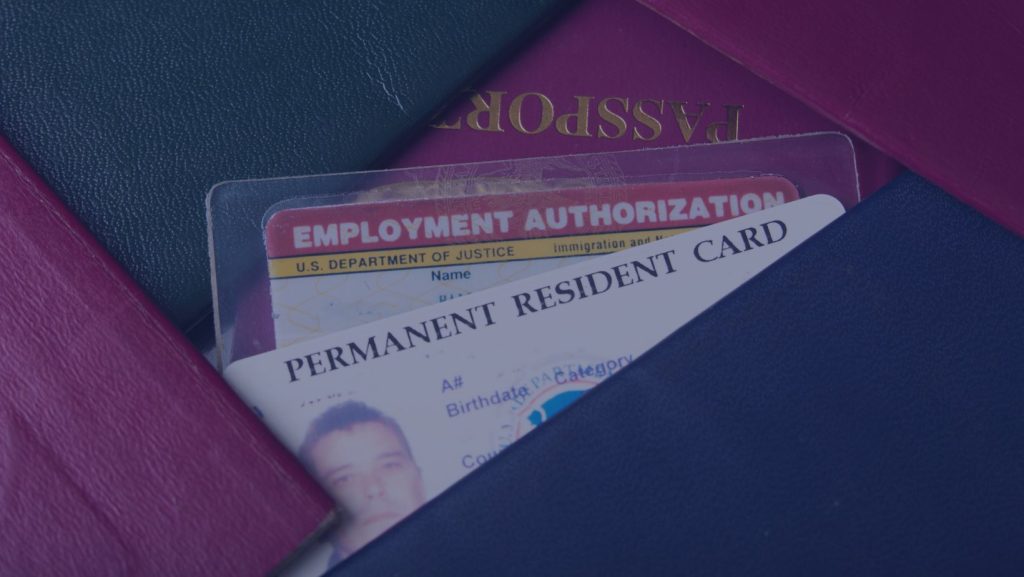Your Path to a New Life in the United States
The United States continues to be one of the top destinations for immigrants worldwide, offering diverse opportunities for work, education, and family life.
Are You Eligible to Immigrate to the U.S.?
Eligibility Criteria
Eligibility criteria vary by immigration program, but here are some basic factors considered for most pathways.
Proof of Intent
Proof of Intent
Good Character
Good Character
Financial Stability
Financial Stability
Admissibility
Admissibility
Find the Right Path for You
Immigration Pathways to the USA
There are several immigration pathways to the U.S., each designed for different individuals based on their needs and qualifications.

Diversity Visa Lottery
Each year, the U.S. offers up to 55,000 Green Cards through its Diversity Visa Lottery, aimed at individuals from countries with low immigration rates to the U.S. It’s a unique opportunity for those who qualify to enter a lottery system to win a chance to immigrate.

Employment-Based
The U.S. attracts skilled professionals from all over the world through its employment-based visa categories. These visas allow individuals with specialized skills or qualifications to live and work in the U.S.

Family-Based Immigration
One of the most common routes to U.S. residency is through family sponsorship. U.S. citizens or permanent residents can sponsor relatives, including spouses, children, and parents, for immigration.

Investment-Based Immigration
or investors and entrepreneurs, the EB-5 Investor Visa offers a pathway to U.S. residency by making a significant financial investment in the U.S. economy, typically leading to job creation.
We specialize in a wide range of visas, including work, study, and family-based options.
Understanding Your Visa Choices
Visa Options
Choosing the right visa depends on your personal circumstances, whether you’re coming to reunite with family, work, invest, or seek refuge.
For close family members of U.S. citizens or permanent residents.
For professionals, skilled workers, or entrepreneurs who qualify under specific job categories.
- H-1B: For skilled professionals in specialty occupations like IT, healthcare, and engineering.
- L-1: For intra-company transfers, allowing employees of multinational companies to work in U.S. offices.
- O-1: For individuals with extraordinary abilities in arts, science, or business.
For foreign investors making significant investments in U.S. enterprises.
For individuals seeking to study at accredited U.S. educational institutions.
A random selection program for individuals from countries with low immigration rates to the U.S.
For those seeking protection from persecution.
Each visa type has its own specific requirements, so it’s important to choose the right one for your situation. Booking a consultation with an immigration expert can help you determine which visa option fits your needs and eligibility.
The Ultimate Immigration Goal
Green Card: Your Path to Permanent Residency
The Green Card, officially known as a Permanent Resident Card, is different from most visas because it allows you to live and work in the U.S. indefinitely.

Why People Choose the Green Card
Permanent Residency: Unlike visas, a Green Card grants permanent status and allows you to live in the U.S. without time limits.
Work and Travel Freedom: Green Card holders can work in any U.S. job and travel freely in and out of the country.
Pathway to U.S. Citizenship: After holding a Green Card for a specific period, individuals are eligible to apply for U.S. citizenship, opening even more doors, including the right to vote.
NOTE: The Green Card process can be competitive, and there are annual limits on certain categories, which is why working with an immigration expert can help streamline your application and increase your chances of success.
The Immigration Process
Step-by-Step Guide to U.S. Immigration
The immigration process can be lengthy, but breaking it down into manageable steps ensures success.
1. Eligibility Check
Begin by determining which visa or immigration program you qualify for. A consultation with an expert can help clarify your options.
2. Choose the Right Program
Based on your personal situation, select the appropriate visa or immigration program (family-based, employment, investment, etc.).
3. Collect Required Documents
Each visa has its own set of required documents, including proof of relationship, employment verification, or investment details.
4. Submit Your Application
After collecting all necessary documents, submit your application and fees to the appropriate U.S. authorities.
5. Interview & Additional Steps
Some visa categories require an interview at a U.S. embassy or consulate. Other steps, such as biometric screening or background checks, may apply.
6. Receive Your Visa or Green Card
Once approved, you’ll receive your visa or Green Card, allowing you to enter or live in the U.S.
